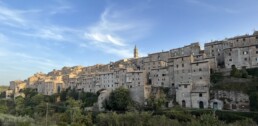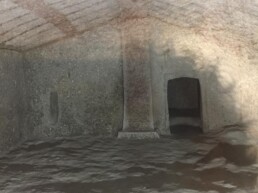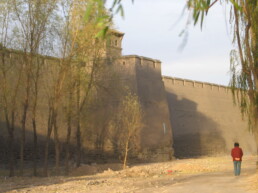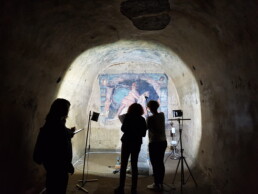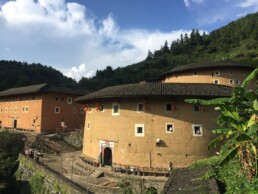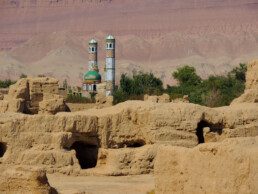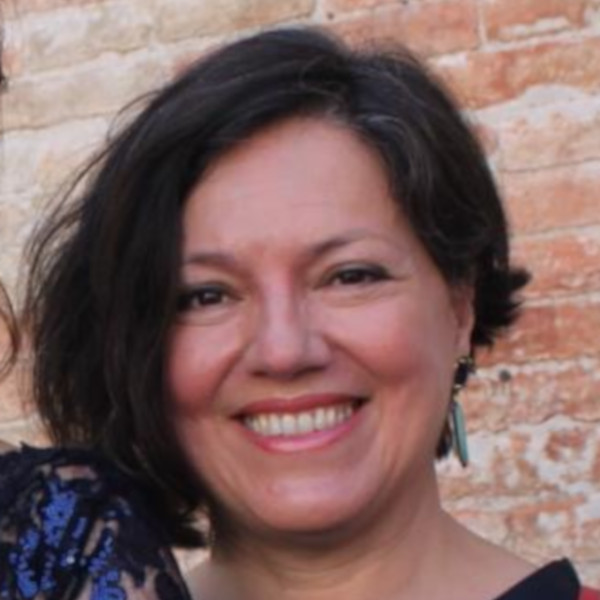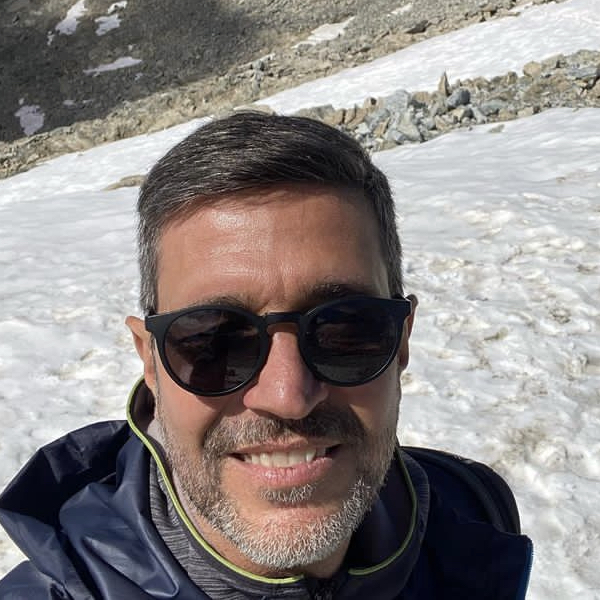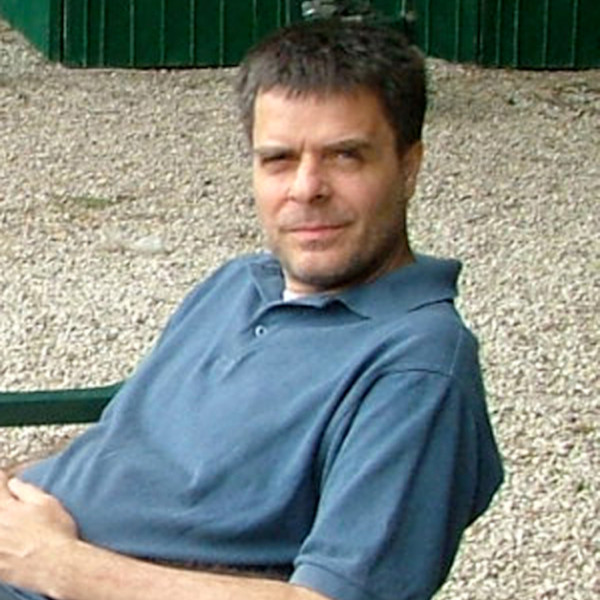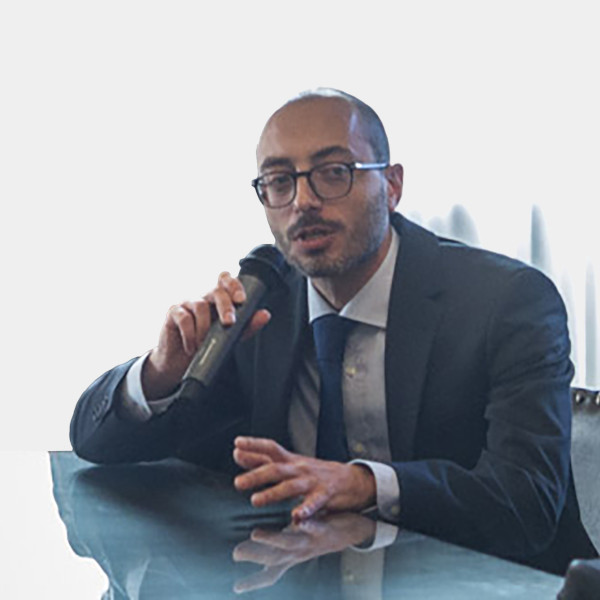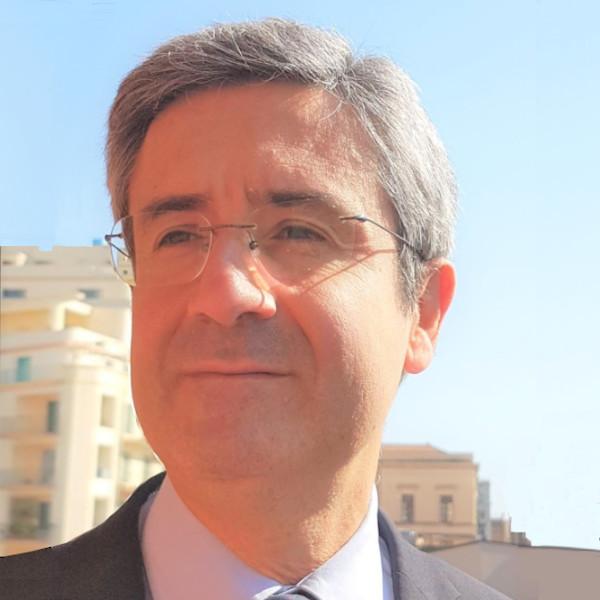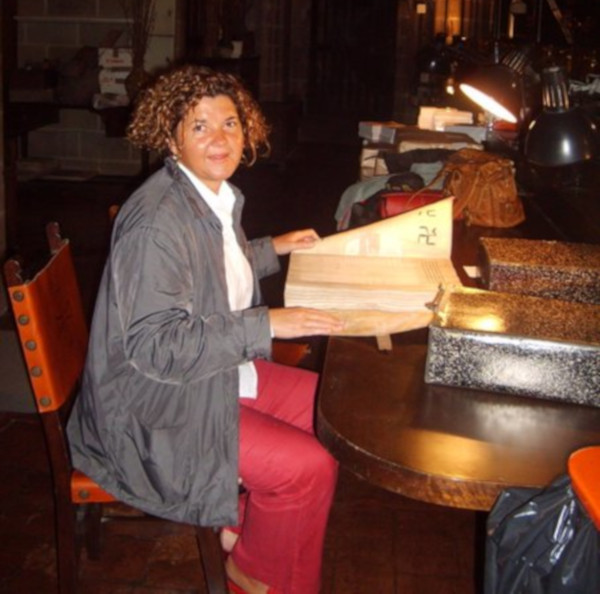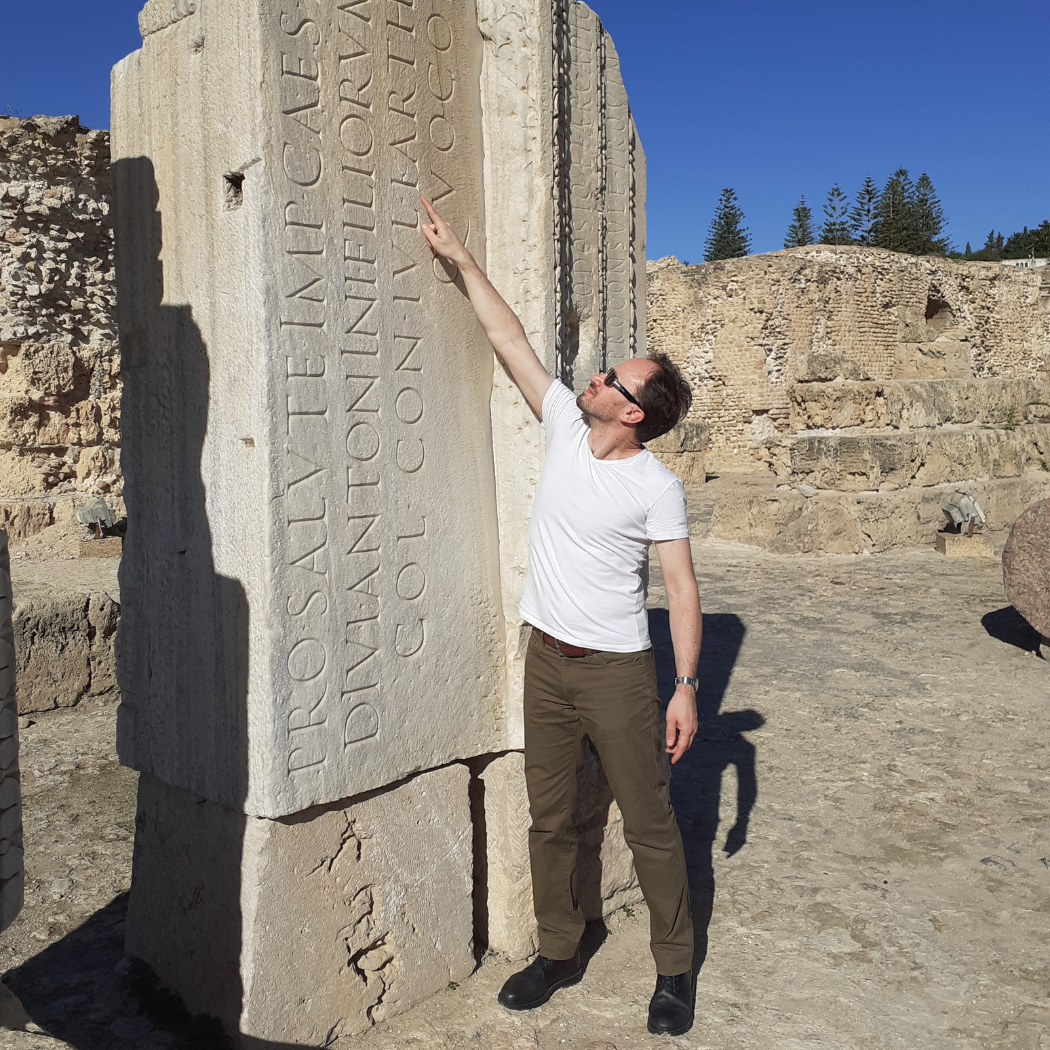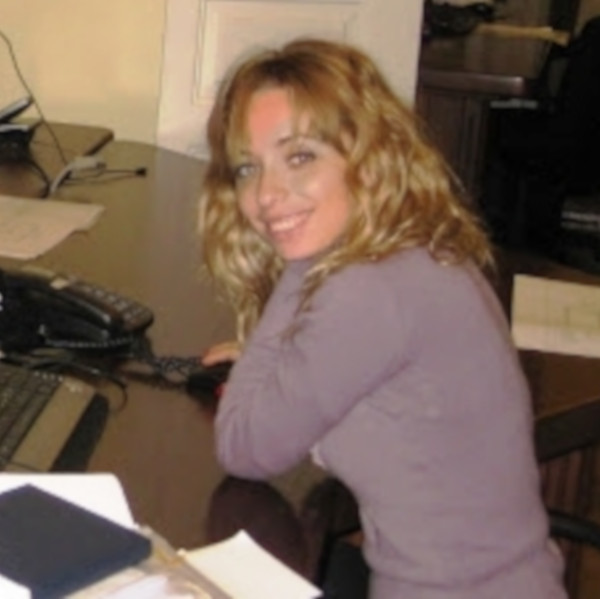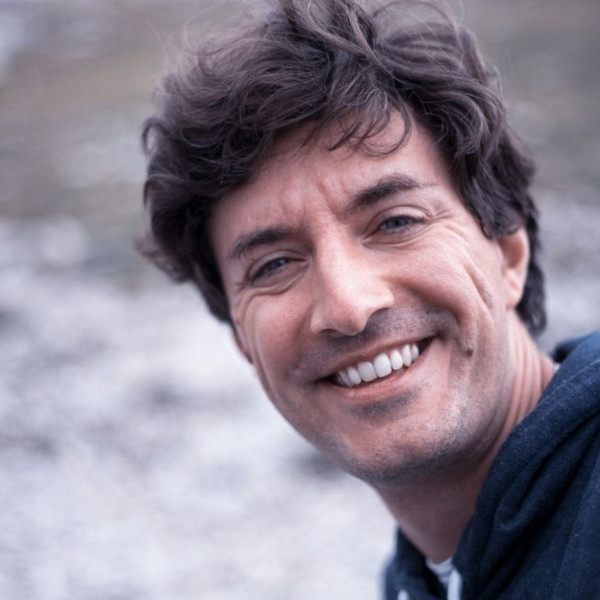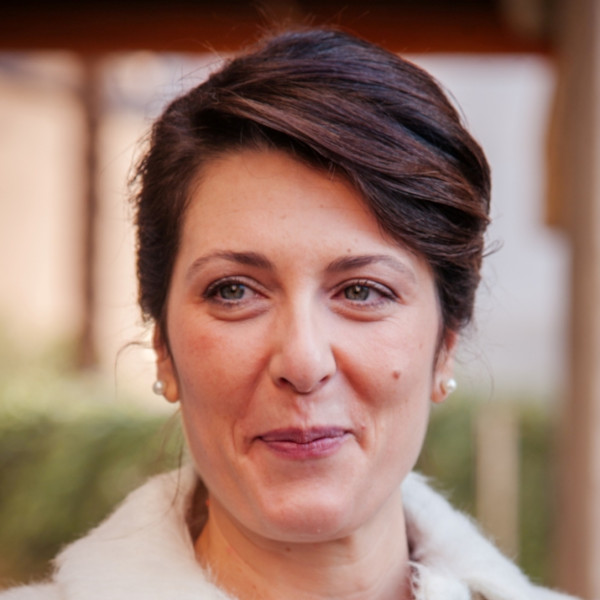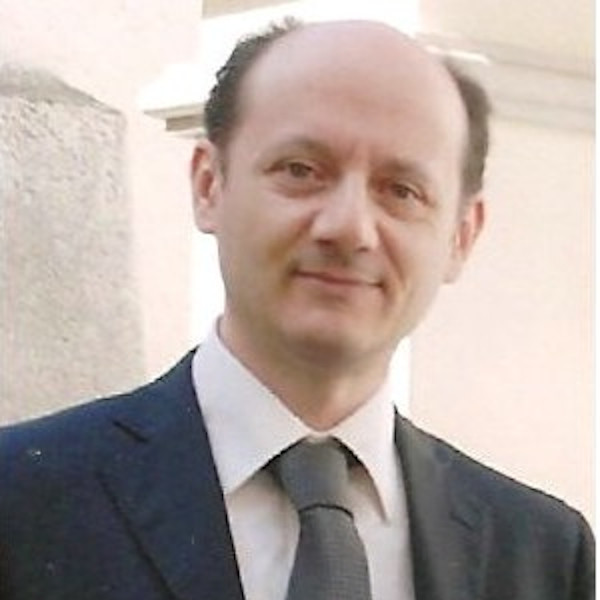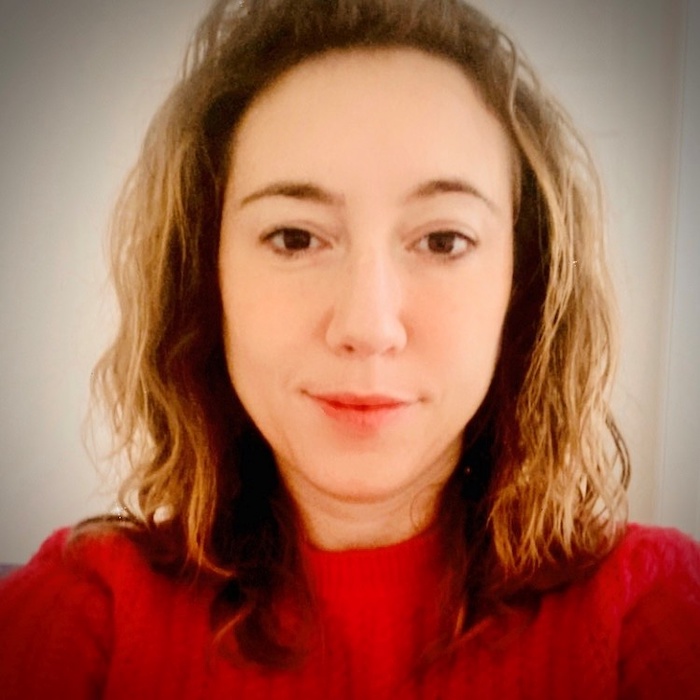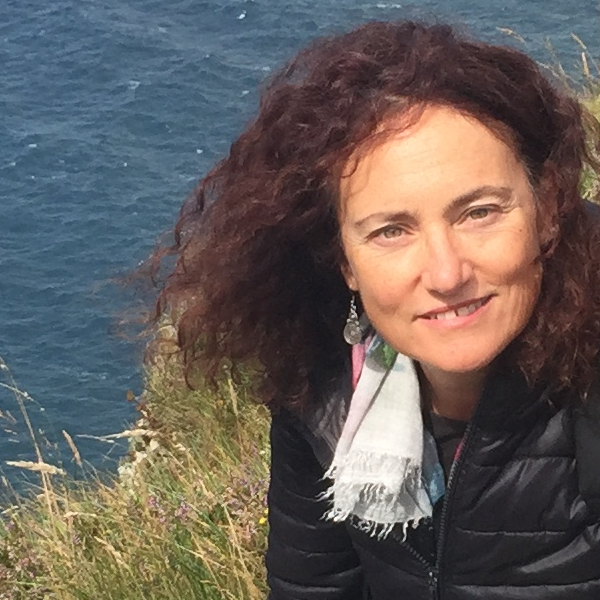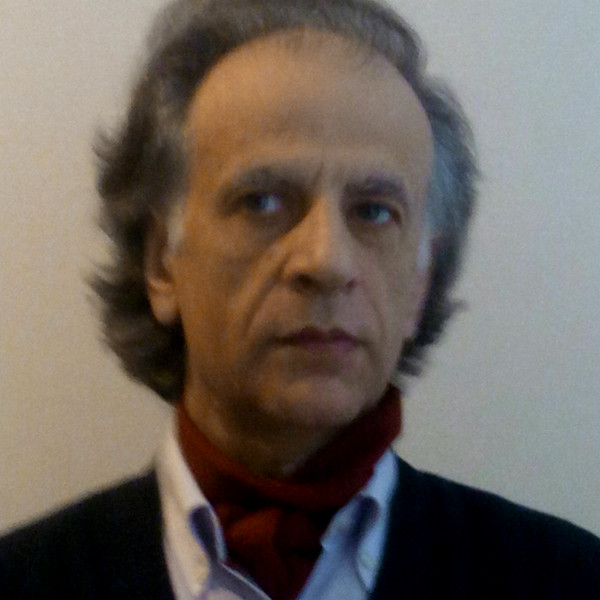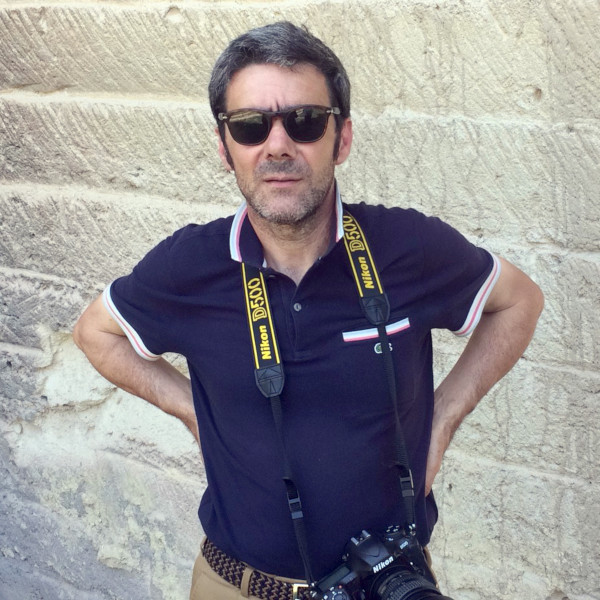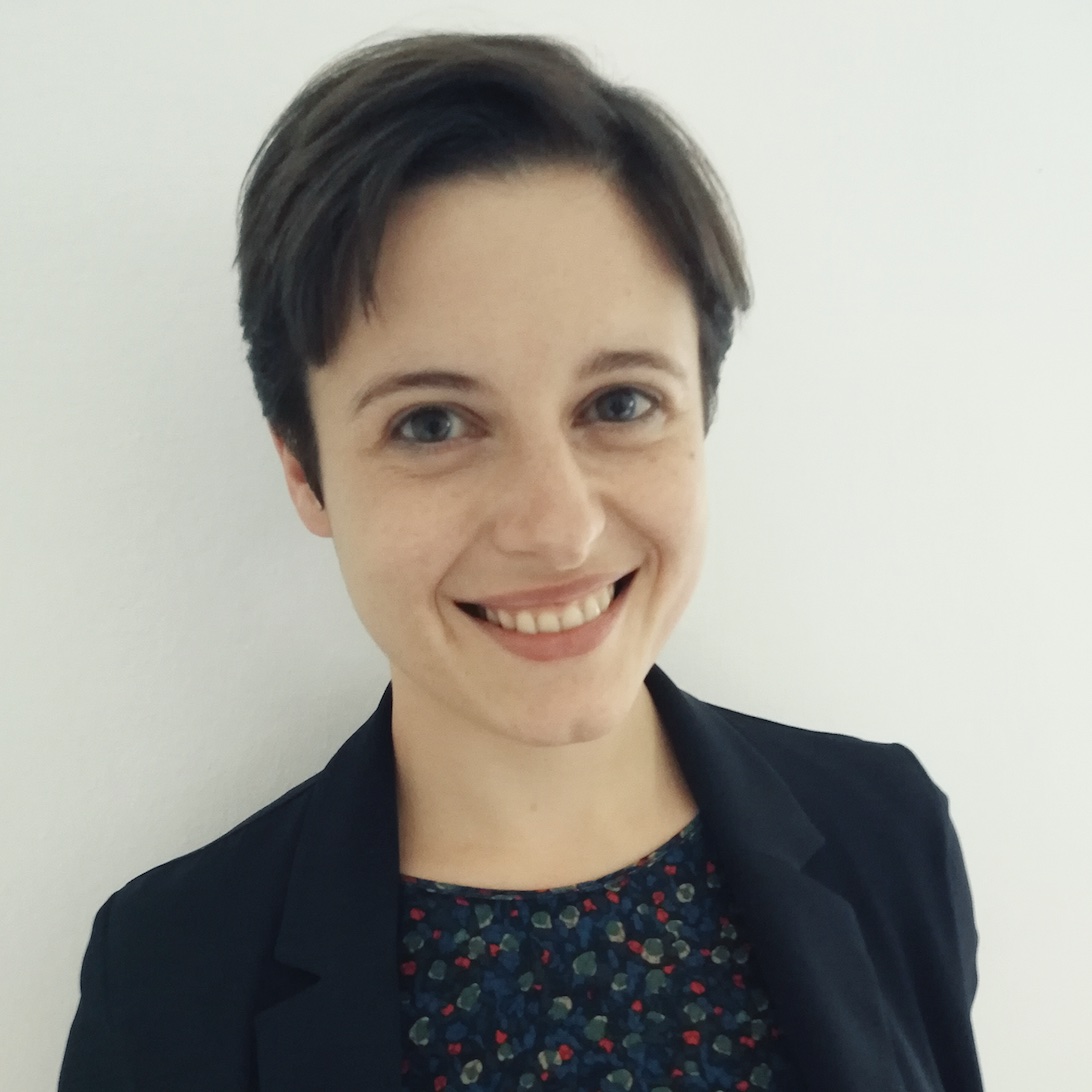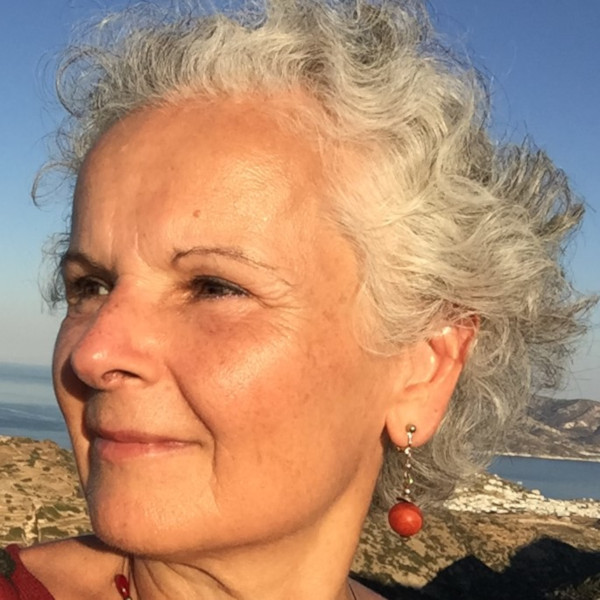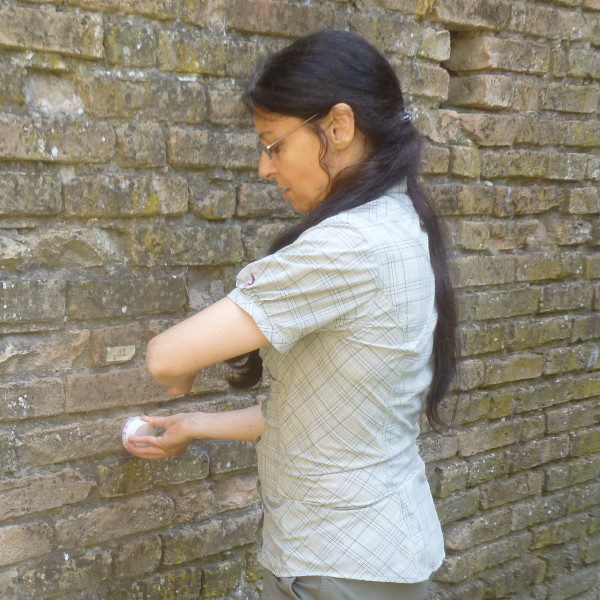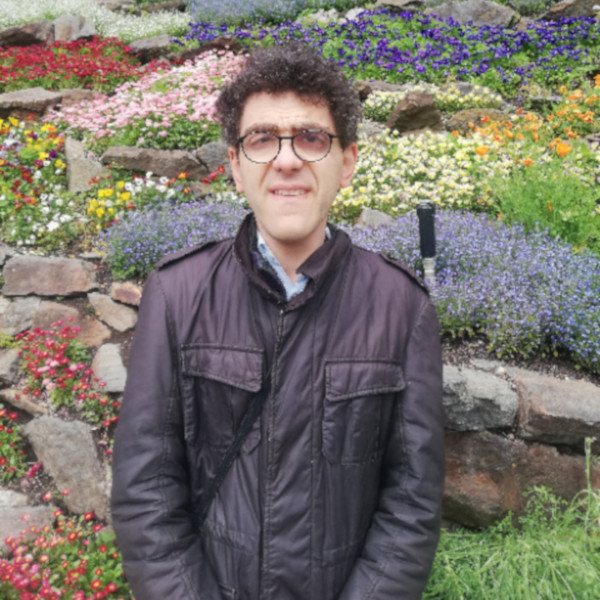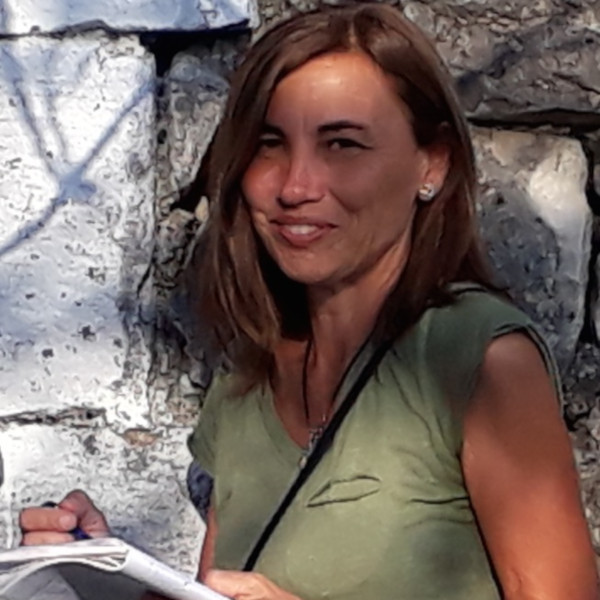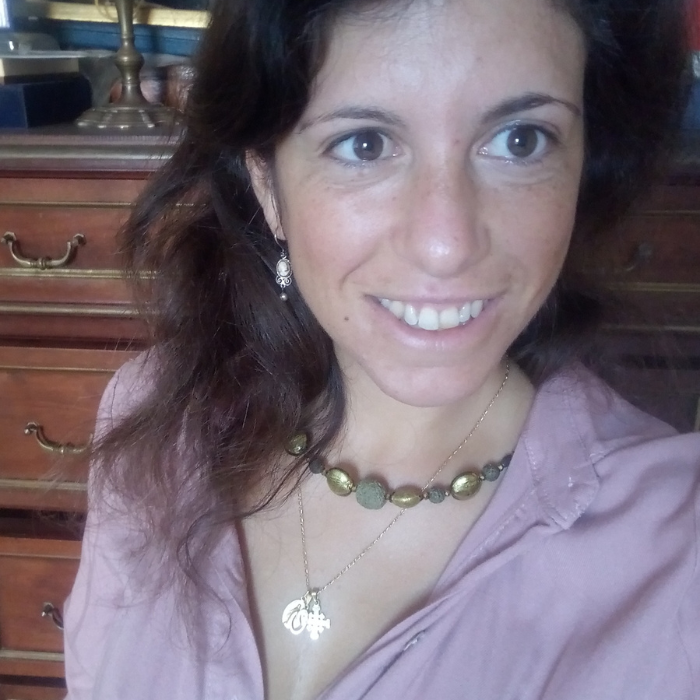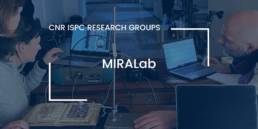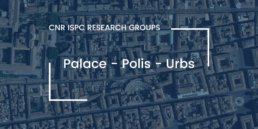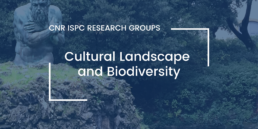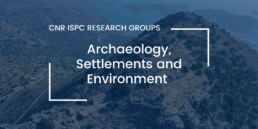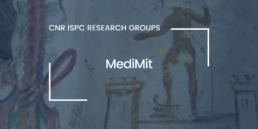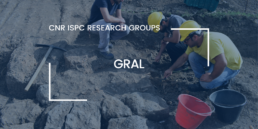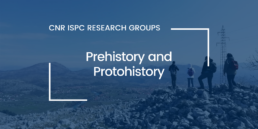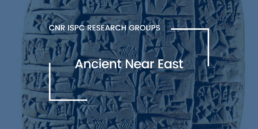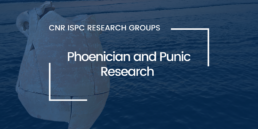Cities, Cultural Heritage, Conservation
CPC Group | Cities and Cultural Heritage
History, Conservation and Enhancement
Archaeological heritage, ancient monuments and historic buildings in relation to the open public spaces of their pertinence are three aspects of the urban environment that are closely interconnected in time and space. ISPC researchers in various ways, with interdisciplinary approaches and with multiple and often complementary methodologies, deal with them at various levels. The aim of the Cities and Cultural Heritage - CPC Group is to promote historic cities’ architecture, urban archeology, and their relationship with the territory as a unique theme on which to invest for the creation of resilient cities in line with the objectives of the National Recovery and Resilience Plan (PNRR) and the European Cultural Heritage Green paper.
The specificity of this research group, therefore, lies in having identified in the relationship between the city and cultural heritage the catalyst and the element of synthesis of the different scientific expertise (cognitive, diagnostic, conservative, monitoring and enhancement) and of the different disciplinary areas that ISPC covers and represents.
With a holistic, 360-degree approach - which starts from the individual cultural asset, seen in its meanings and its materiality, to the landscape, from the economic-social reality to the cultural one and from the needs of the resident and visitor to those of the local authorities - the group intends to propose appropriate, sustainable, inclusive, and innovative solutions for the various projects, having all the necessary skills within it. Its field of interest does not only concern Italy but the cultural heritage and historical settlements around the world, from Malta and neighboring Montenegro to China, as already many projects by the ISPC researchers clearly highlight.
In the era of globalization and mass tourism, the preservation and enhancement of diversity is an imperative. The pandemic crisis has further highlighted how an unsustainable approach is a loser, having generated heavy economic damage and temporarily alienated citizens from cultural heritage. Supporting the great diversity of cultural and natural heritage in Italy, the first country in the world for the number of UNESCO sites, and the great diversity of interactions between living beings and their environment, means protecting urban and rural historical sites, landscapes and territories both in their natural, urban and human balance, and in reference to their tangible and intangible cultural traditions.
In this context, has been launched in 2020 the Genealogy of Urban Design – GUDesign network as a global research platform promoting awareness of the current contribution of Urban Design History, while fostering the study of its evolution from the early 19th century onwards, through transnational and interdisciplinary research.
Methodologies
With the aim of identifying the unique characteristics and specificities of each urban historic settlement to make it competitive on a regional, national and international level and having taken into account the best practices with respect to cultural and tourist enhancement in Italy (Strategic Tourism Plan - PST 2017- 2022) and in the world (WTO2018 and UNESCO), the CPC Group has identified four key concepts on which it bases its methodological approach: systemic documentation, integrated enhancement, social inclusion and participation, and networking.
This approach is expressed in actions that:
- integrate the different scales of intervention (from the single monument to the territory);
- systemically enhance the assets by mending cities, villages, landscapes, archaeological parks, museums;
- network cities and territories, residents and tourists, local authorities, and businesses in cultural districts, offering targeted yet methodologically replicable solutions;
- prepare appropriate interactive digital platforms, according to the specific problems of the case studies.
Research Lines
The Cities and Cultural Heritage Group intends to propose itself with the following research lines and as a center of competence:
Sustainable development of historic urban and rural settlements:
- integrating systems and products for the conservation and recovery of minor and monumental urban heritage, and non-invasive methods for the knowledge, conservation and enhancement of archaeological sites, in collaboration among others with the ISPC Archaeological Mapping Lab, Laboratory of Geophysics, XRAYLab;
- developing ICT platforms for the management, enhancement and use of cultural heritage, in collaboration with the DHiLab;
- monitoring and offering decision support for the management of tourist flows and urban parks, in collaboration with the Remote sensing Lab;
- developing protocols and methods for the documentation, conservation and enhancement of urban contexts and / or monumental complexes in raw earth, in collaboration with the Laboratorio di Rappresentazione Digitale e Rilievo-RDR Lab.
Resilient development of historic urban and rural landscapes with respect to seismic risk and climate change:
- seismic risk, analysis of local seismic response, study of amplification and liquefaction phenomena; seismic microzonation of the territory.
Archaeology and city:
- relationship between archaeological sites and modern urban systems for sustainable enhancement and fruition, in collaboration with the ISPC groups of Prehistory and Protohistory and Landscape Archaeology;
The UNESCO recommendation of the Historic Urban Landscape and the profile of Italian cities:
- a research between restoration and diagnostics to identify new protocols for a "balanced" intervention, in collaboration with the ISPC group Cultural Landscapes and Biodiversity.
The Cities and Cultural Heritage Group is proposed as a center of competence to the various private, public and local authorities who are interested in issues of safeguarding, recovery and/ or sustainable enhancement of cities of art, historic centers and small villages, in particular those that deal with phenomena of abandonment or overcrowding, due to traumatic events, such as earthquakes, or the absence of policies for sustainable territorial growth, or vice versa to mass tourism that alters the balance of a healthy urban multifunctionality.
The CPC Group is part of the Centre of Excellence of the Cultural Technological District of Lazio – DTC LAZIO, and specifically of the R11 “Technologies for sustainable development and management of territorial resources and tourism” through the PreservingPlaces lab coordinated by Heleni Porfyriou, responsible of the DTC Research Unit 4 on “Sustainable Management”.
CPC Group
How to contact us
cpcgroup@ispc.cnr.it
Projects and Research activities
Agreement between CNR DSU, Xiamen University and World Heritage Institute for Training and Research for the Asian and the Pacific Region (WHITRAP), under the auspices of UNESCO, Shanghai – Cina (2019-2024).The project is in part a follow up of a collaboration between CNR and WHITRAP, started in 2013, in the context of the UNESCO Recommendation on the Historic Urban Landascape - HUL (https://hul-bric.cnr.it/)
Bilateral joint research project CNR – Ministry of Education and Sport of the Republic of Albania (2021-2022).
REMEDIA | Ricerca, diagnostica e metodi di contrasto al deterioramento causato dall’umidità nei beni culturali (POR FESR Lazio 2014-2020)
MAECI project - Archaeology sector. (CNR - Greece, Soprintendenza dell’Attica orientale).
European Space Agency – Call ARTES IAP-5G for L’ART Demonstration Projects
Bilateral agreement CNR - CNRST Morocco (2018-2020)
For further information on ISPC research activities click the button.
Main collaborations
Universities
- Australian National University
- Dipartimento Architettura, Università di Genova
- Dipartimento di Architettura, Università di Firenze
- Dipartimento di Architettura (DiARC), Università Federico II, Napoli
- Dipartimento di Architettura, Università di Roma Tre
- Dipartimento di Demoantropologia, Università della Sapienza, Roma
- Dipartimento di Ingegneria civile ed Architettura (Dicar), Università di Catania
- Dipartimento di Scienze della Terra Università di Firenze
- Flinders University,
- Historical Institute – University of Montenegro
- Kore University, Enna
- University of South Florida, Tampa, Stati Uniti d’America
- University of North Alabama
- University of Malta
- Università della Calabria
- Università Politecnica delle Marche
- Universidad privada Antenor Orrego (Trujillo)
- Università del Salento
- Università dell’Insubria
- Università di Milano Bicocca
- Xiamen University, Xiamen, Cina
Museums
- Museo dell’Opera del Duomo di Bracciano
Public authorities and Institutions
- Area Marina Protetta Isole Egadi, Sicilia
- Center for Conservation and Archaeology, Ministry of Culture, Montenegro
- Comune di Marino, Lazio, Italia
- Chinese Academy of Cultural Heritage – CACH, Pechino, Cina
- Heritage Malta
- Ministry of Tourism & Antiquities, Egypt
- Parco Archeologico Regionale di Siracusa
- Soprintendenza Archeologia, Belle Arti e Paesaggio, Torino
- Soprintendenza dell’Attica orientale, Grecia
- World Heritage Institute for Training and Research for the Asian and the Pacific Region, under the auspices of UNESCO – WHITRAP, Shanghai, Cina
Main publications
L. Alberti (ed.), The ArcheoLab project in the Doclea valley, Montenegro (Campaign 2017): archaeology, technologies and future perspectives, “Archeologia e Calcolatori” Supplemento 11, 2019.
C. Azil, B. Djebria, F. Fratini, G. Misseri, L. Rovero, Desert Rose Stone Constructions Covered with Domes in the Souf Region (Algeria), “International Journal of Architectural Heritage”, online 2020.
G. Cacciaguerra, Archeologia urbana a Catania. Problematiche e prospettive per lo sviluppo sostenibile della città: il Progetto OPENCiTy, in D. Malfitana, G. Cacciaguerra, A. Mazzaglia, Catania, Archeologia e città. Il Progetto OPENCiTy. Banca dati, GIS, WebGIS. Volume I, IBAM- CNR, Catania 2016, pp. 35-74 (ISBN: 978-88-89375-10-5).
A. Cavallaro, F. Castelli, A. Ferraro, S. Grasso and V. Lentini, Site Response Analysis for the Seismic Improvement of a Historical and Monumental Building: The Case Study of Augusta Hangar, “Bulletin of Engineering Geology and the Environment”, 77 (3), 2018, 1217 – 1248. (ISSN: 1435-9529) DOI: 10.1007/s10064-017-1170-9.
F. Fratini, M. Mattone, S. Rescic, L. Rovero, Analysis of the earthen architectural heritage in Piedmont (northern Italy): typologies, construction techniques and materials, “Gremium”, 7 (14) 2020, 41-52. Open access
M. Folin, H. Porfyriou (eds), Heritage and Divided Memories from the Nineteenth Through the Twentieth Centuries. Multi-Ethnic Cities in the Mediterranean World, Volume 2, Routledge 2020.
L. Luvidi, F. Fratini, S. Rescic, R. Varriale, L.Genovese, J. Zhang, Earthen walled villages in the Shanxi Province: a heritage at risk of disappearing, ICOMOS – CIAV & ISCEAH 2019 International Conference on Vernacular & Earthen Architecture towards Local Development, Pingyao-China, 2019, 163-170.
Luvidi, F. Fratini, S. Rescic, J. Zhang (eds), Past and present of the earthen architectures in China and Italy, Rome 2021, online.
H. Porfyriou, Urban Heritage Conservation of China’s Historic WaterTowns and the Role of Professor Ruan Yisan: Nanxun, Tongli, and Wuzhen, “MDPI – Heritage”, 2(3) 2019.
N. Proietti, P. Calicchia, F. Colao, S. De Simone, V. Di Tullio, L. Luvidi, F. Prestileo, M. Romani, A. Tatì, Moisture damage in ancient masonry: a multidisciplinary approach for in situ diagnostics, “MDPI – Minerals”, 11 (4), 2021.

